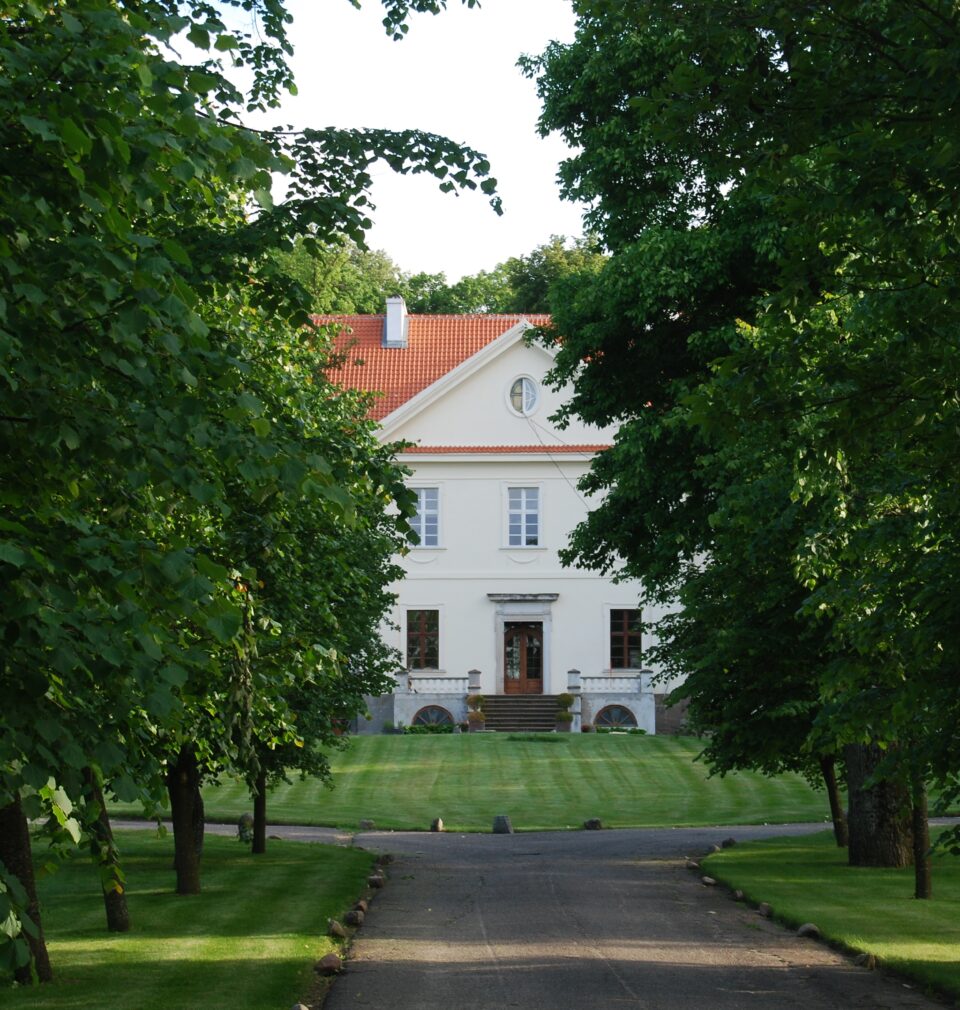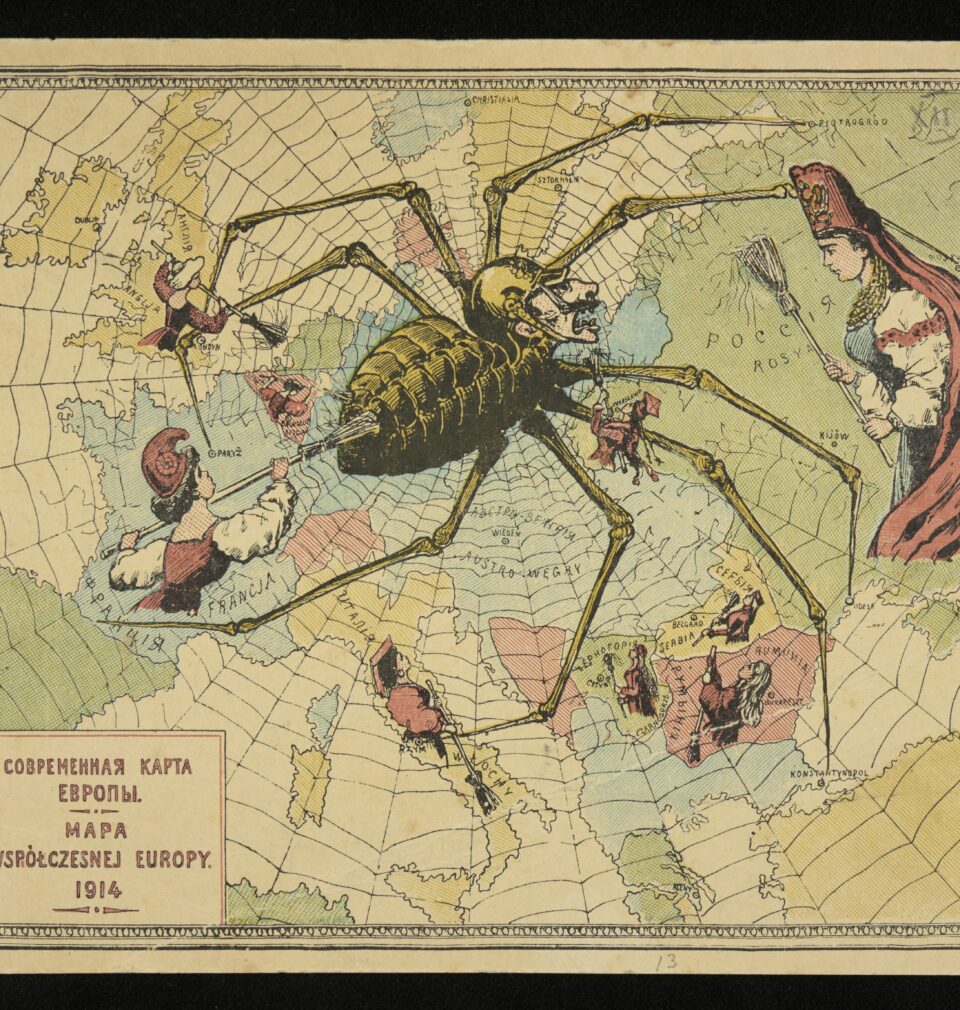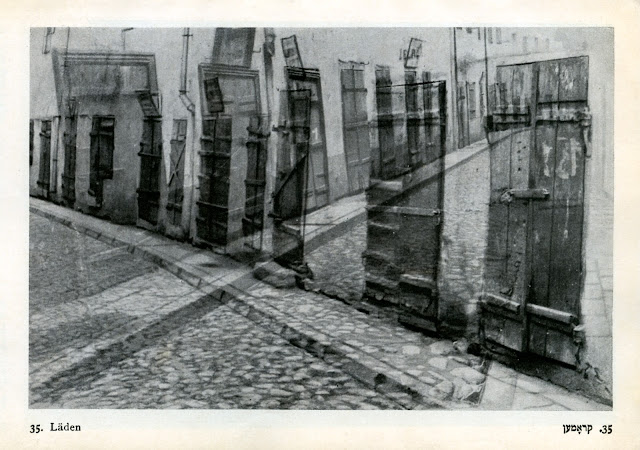
Nations - History and Memory
Only Avenues
Publication: 14 October 2021
TAGS FOR THE ARTICLE
TO THE LIST OF ARTICLESLandscape is part of civilisation. Landscape narrates history; it is yet another of its texts. Everything counts here: the roads, straight or meandering, the expanses of fields, the arrangement and species of trees, the ways in which buildings are grouped, walls and fences, the location of churches and castles, the compact greenery of parks or orchards. A special feature of these signs is their permanence. Landscape changes slowly. Roads can be the witnesses to centuries, the borders of properties lay for generations, and trees live longer than the people who planted them. But sometimes changes occur which are more than violent. The journey to Königsberg through the lands of the former Prussia traces a path through a landscape visited by a historical disaster.
It is a strange land. Flat or gently rolling, not especially fertile and not especially populous – a European backwater, it would seem. And yet in the modern period on a number of occasions it became the scene of events focusing the attention of the entire world. It was here, during the winter campaign of 1806–1807, that Napoleon routed the Prussian and Russian armies and then concluded a peace agreement establishing a continental blockade. It was here, during the August campaign of 1914, that the tsarist army was crushed, which to a large extent determined the course of events on the Eastern Front and led to the collapse of the Romanov empire. And finally it was here, in 1945, that the end of the world came. Old Königsberg burnt down under the Allied bombs and the Red Army completed the destruction. The people who did not flee were murdered or exiled, and the province was divided with a new border, drawn using a ruler (following the practice of the colonial powers in Africa), and became part of two states. New inhabitants appeared, and everything that they found here was thoroughly alien to them.
Today the traveller is struck by the contrast be-tween the enterprising and busy activity in the Polish province and the decline observed on the Russian side. The strangest place is the touching point between these two realities: the border crossing. In the neat and functional buildings raised by European Union money the Soviet style reigns supreme: a mixture of laziness, sense of power and arrogance.
A void begins after the border posts. It gives a good illustration of what would happen to the landscape if there were no people and agriculture, which, after all, is a form of cultivating landscape. Yes, agriculture undoubtedly did exist here. The fields have not yet been overrun with woods – there are just more or less dense bushes and occasional clumps of self-sown plants no older than a dozen years. There are no villages to speak of. Sometimes you see overgrown orchards or groups of neglected buildings, the non-residential ones looking the most decrepit. The people have moved to towns and cities, mostly to the capital. I remember an apocalyptic prognosis saying what would happen to the world if for some reason the people disappeared. This vision started with the New York underground being flooded and ended with a forest covering the entire northern hemisphere. The most lasting relics of our civilisation would be sinks made of stainless steel and bronze monuments. There is something to this: in every small city the bronze Lenin is in an excellent state of repair.
It is diffi cult to believe that such a hostile land generated a state which gave rise to a European superpower. The strength of leadership, the collective will to act must have been tremendous! Perhaps this also stood behind what still joins together both parts of Eastern Prussia. This common element is avenues – the French invention, which spread all over Europe in the Enlightenment era. Avenues produce shade, important for horses and travellers but not leading to mud drying up, for roads improved rapidly; some were even paved. I do not know what role was played by the aesthetic factor, the desire to co-tinue the universally accepted great art of gardening, but undoubtedly at the heart of this was an at-tempt and will to shape the natural landscape anew – and a large-scale attempt it was. Perhaps it expressed the might of the state, which even endowed nature with a kind of military discipline?
The much-moving linden avenues (the linden is a tree dedicated to Venus) create an affi nity with the capital of great Prussia – the grand Unter den Lin-den avenue remains a pride of Berlin.
Avenues have stumbled upon bad times. They are threatened not only with the trivial demand for timber, used as a structural material or as fuel. The cur-rent notions about traffi c security, supposedly undermined by trees, have become a foe of avenues. But luckily defenders of trees have also appeared.
Lindens also surround the rebuilt Königsberg cathedral. The entire cathedral isle (once densely built over) is now a square, and a rather well maintained one. A figure that symbolically fills this space is Immanuel Kant, whose tomb can be found here and who is the only element of Königsberg’s tradition accepted today. But it would be futile to look for the bridges which inspired Leonhard Euler to lay the foundations for graph theory (that is the so-called problem of royal bridges). It seems that the following people born here have been discarded from the city’s memory: Ernst Teodor Amadeus Hoffman, whose stories inspired the famous opera; Käthe Kollwitz, the first woman in the Prussian Academy of Arts, whose features were given by Ernst Barlach to his famous sculpture Der Schwebende, a moving monument to the victims of the First World War; and Hannah Arendt, who spent her childhood and youth here. Well, perhaps the absence of her memory in Kaliningrad, as the author of The Origins of Totalitarianism, is not purely coincidental…
Today Kaliningrad is dramatically looking for its identity. Building this identity will be extremely difficult, and to some extent it will become a test of Russia’s European choice. So far the linden avenues, witnesses to the European landscape, continue to survive here. They still tie this strange enclave with its western neighbourhood.
Translated from the Polish by Tomasz Bieroń
Copyright © Herito 2020



